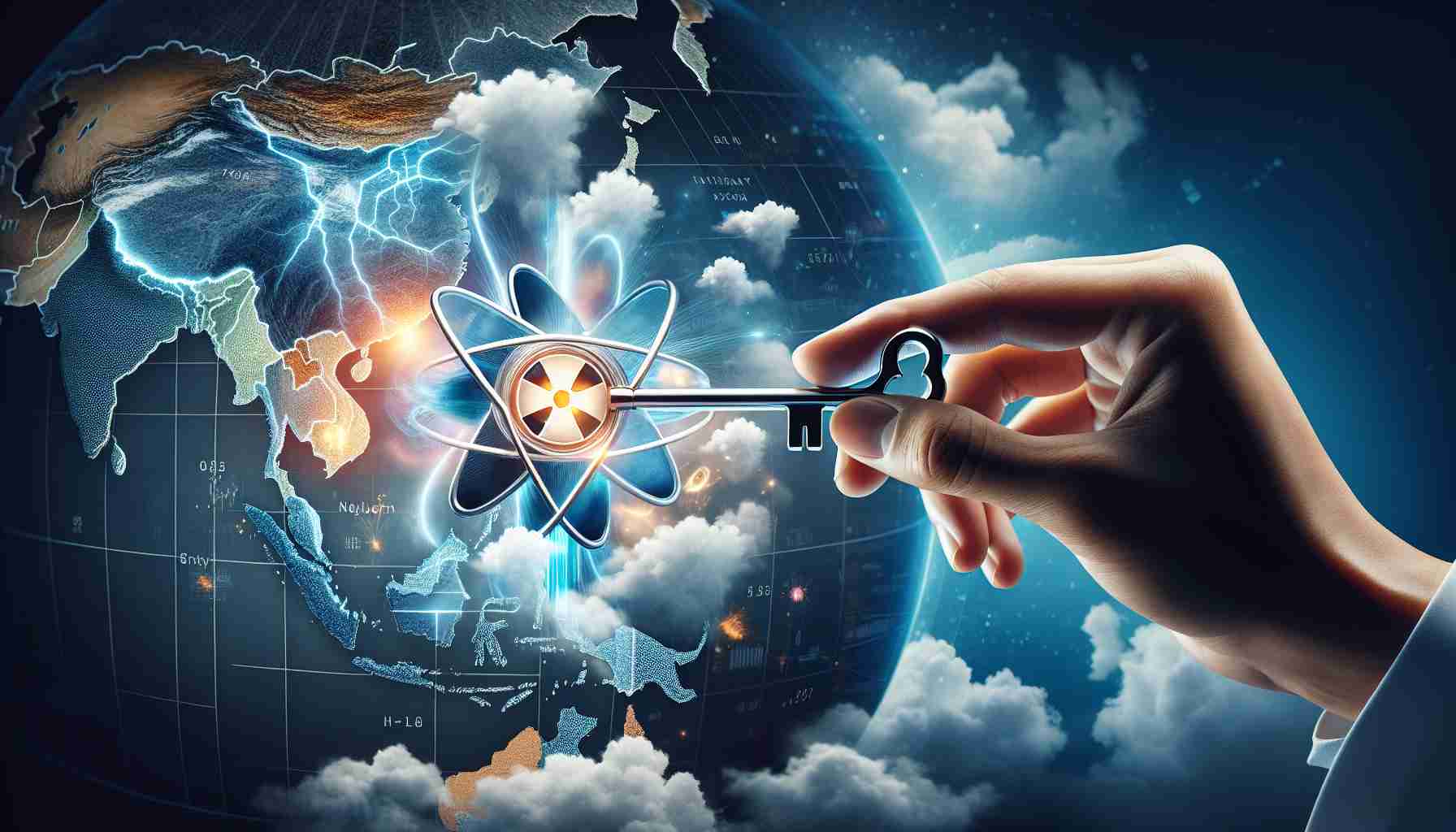The Energy Landscape in 2025
As we approach 2025, the demand for efficient battery storage solutions in vehicles is already reshaping the energy sector. Four pivotal trends are set to redefine our approach to generating, transmitting, and utilizing energy in this new era.
Nuclear Energy’s Resurgence
Small Modular Reactors (SMRs) are gaining traction as a preferred alternative to traditional nuclear plants, primarily due to their compact size, typically around 300 MW. Tech giants are increasingly collaborating with energy firms to harness nuclear power for high-demand operations, particularly data centers. Companies like Amazon, Microsoft, and Google are actively engaging in partnerships to incorporate SMRs into their energy strategies, reinforcing the narrative that nuclear can be a safe, carbon-free energy source despite lingering public concerns rooted in historical incidents.
Electrifying Infrastructure
With a clear push towards sustainability, the electrification of infrastructures—such as ports and vehicle charging stations—is imperative. The European Union is leading the charge, mandating onshore power connections for ships, thereby reducing emissions from diesel generators.
Understanding the Energy-Water Relationship
Recognizing the intricate link between water resources and energy production is increasingly critical. Initiatives are underway to develop standards and frameworks that address water consumption tied to energy generation.
Enhancing Power System Resilience
Adapting to a decentralized energy model calls for improved resilience in power systems. Innovations are focusing on developing standards and technologies that ensure efficient recovery from unexpected grid disruptions, marking a significant leap toward a more sustainable energy future.
Beyond 2025: The Transformative Impacts of Energy Innovations
As we navigate the shifting energy landscape, the implications of these advancements extend far beyond mere technological progress. The transition to efficient battery storage and the resurgence of nuclear energy encapsulates a pivotal moment for society, culture, and the global economy.
Market Dynamics and Job Creation
The growing emphasis on sustainable energy solutions is bound to reshape labor markets and industry dynamics. According to the International Renewable Energy Agency (IRENA), the renewable energy sector could create over 24 million jobs by 2030. This not only highlights the potential for economic growth but also underscores a cultural shift towards greener job methodologies, changing traditional notions of employment and skill development.
Global Investment Trends
Investment in clean energy technologies is expected to reach a staggering $2 trillion annually by 2030, significantly impacting the global economy. This surge in funding will not only facilitate innovation but also stimulate economic diversification, particularly in developing nations that are seeking to leapfrog fossil fuel dependency.
Environmental Stability
Moreover, the focus on items like electrifying infrastructure and enhancing system resilience contributes to mitigating climate change. By lowering greenhouse gas emissions, nations can work towards fulfilling international commitments such as the Paris Agreement, fostering a culture of global responsibility for environmental stewardship.
In essence, as we approach 2025 and beyond, these energy developments are not merely technical achievements; they are foundational elements shaping a more resilient, sustainable, and equitable future on a global scale.
Unlocking the Future: Key Energy Trends Shaping 2025
As we head into 2025, the energy landscape is undergoing transformative changes driven by technological advancements and sustainability goals. Here are four pivotal trends reshaping how we generate, transmit, and utilize energy, along with their implications for various sectors.
Nuclear Energy’s Resurgence
The revival of nuclear power is led by the increasing popularity of Small Modular Reactors (SMRs), which offer a compact solution for energy generation, typically around 300 MW. Major companies such as Amazon, Microsoft, and Google are forming strategic partnerships with energy firms to integrate SMRs into their operations. This shift comes as a response to the growing power demands of data centers and other high-energy infrastructures. The innovations in nuclear technology aim to address public concerns about safety and waste, presenting a case for nuclear power as a reliable, carbon-free energy source.
Electrifying Infrastructure
The transition to electrification extends beyond vehicles to the very infrastructure that supports them. The European Union is leading initiatives requiring ports and charging stations to have onshore power connections, reducing reliance on fossil fuels. This trend not only mitigates emissions but also sets a precedent for global standards aimed at creating sustainable urban environments. The integration of smart grids and renewable energy sources into existing infrastructure is anticipated to enhance energy efficiency and lower operational costs in the long run.
Understanding the Energy-Water Nexus
As energy production demands more water resources, the relationship between energy and water has become increasingly vital. Initiatives are currently being developed to create standards that manage water usage in energy generation, particularly in regions facing water scarcity. For instance, advancements in cooling technology for power plants can drastically reduce water consumption, aligning energy production with responsible water stewardship. Addressing this nexus is essential for sustainable development, particularly in arid regions.
Enhancing Power System Resilience
With the rise of decentralized energy systems—like solar and wind—improving power system resilience has emerged as a primary objective. New technologies are being tested to bolster grid reliability and recovery capabilities in the event of disruptions. Smart technologies, such as microgrids and energy storage systems, can play a critical role in maintaining service continuity during outages. This trend reflects a fundamental shift towards more robust and flexible energy systems capable of withstanding climatic and operational challenges.
Looking Ahead: Pricing and Innovations
As these trends unfold, the market for innovative energy solutions is expected to grow significantly. Investments in clean technologies and sustainable practices are projected to rise, presenting opportunities for businesses to lead in the green energy transition. The competitive pricing of renewable energy sources, driven by technological advancements and economies of scale, suggests that a more diversified and sustainable energy portfolio is on the horizon.
For industry stakeholders, understanding these trends will be crucial in navigating the evolving energy landscape, ensuring resilience, and fostering sustainability.
For more insights on energy trends, visit Energy.gov.
The source of the article is from the blog hashtagsroom.com


